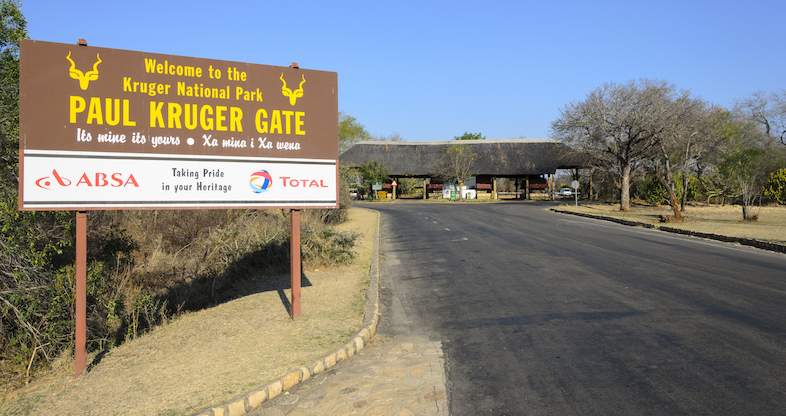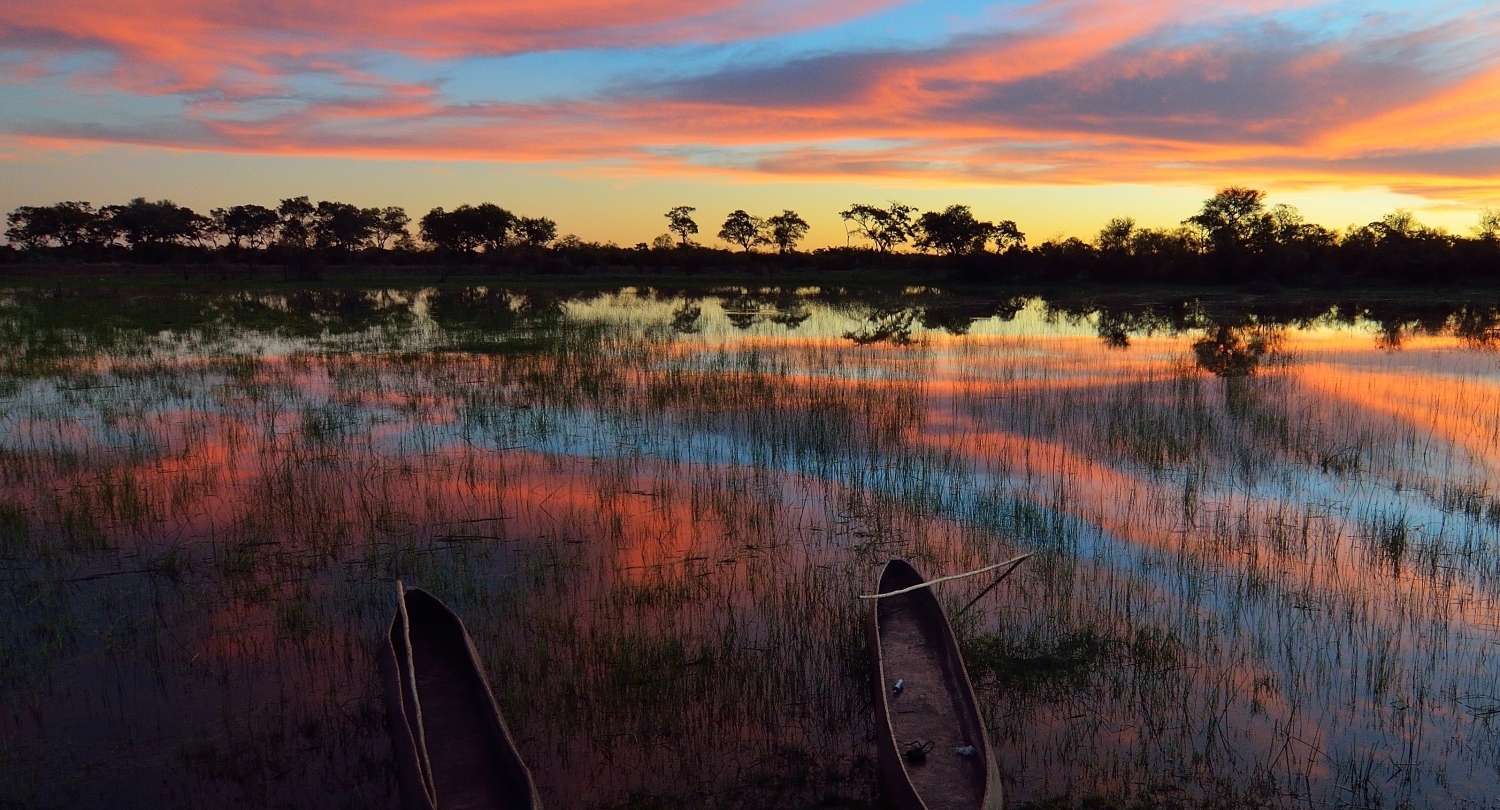The Kruger National Park is South Africa’s largest and most famous national park. This vast wilderness reserve stretches some 220 miles from north to south and 40 miles from east to west and is approximately the size of Wales. The park offers a diverse range of fauna and flora and is home to 336 tree, 147 mammal, 114 reptile, 49 fish and 34 amphibian species! You’ll also find the ‘Big 5’ here (elephant, lion, leopard, Cape buffalo & rhino). All five species are endangered to some extent and under threat of extinction from poaching, that continues despite rigorous anti-poaching programmes. Other game species you may encounter will include giraffe, zebra, antelope, cheetah, painted wild dog and warthog, and if you’re by the river then you may spot a bloat of hippos or congregation of crocodiles basking along the riverbanks! The park is also a birder’s paradise and boasts 517 species of birds; 253 of which are residents. Popular bird sightings include the saddle-billed stork, kori bustard, ground hornbill, martial eagle, and the lappet-faced vulture. If you’re lucky enough you may even spot the reclusive Pel’s fishing owl, which is localised and seldom seen.
The best time to visit the Kruger National Park would be during the region’s dry season, which falls between April and September. The daytime temperatures will warm but not too hot (expect around 26°c), with the night-time temperatures dipping to around 10°c. The vegetation will also be shorter and less dense, and water is restricted to rivers and waterholes, which makes it easier to spot the animals.
A great way to explore this vast wilderness is opting for a self-drive holiday so be sure to arm yourself with a few maps that can be obtained from the entrance gate or downloaded online. With plenty of accommodation to choose from, enjoy leisurely drives ‘camp-hopping’ at your own pace, taking in the beautiful scenery and keeping a watchful eye out for anything that moves! A lot of the road network in the Kruger National Park is well maintained tar roads, however there are a few ‘dirt tracks’ to follow so make sure that your car is capable for these road conditions and has the appropriate equipment (ie. spare tyre etc.). There are ample picnic spots, look-out points and cultural and archaeological sites to enjoy along the way, and should be clearly marked along the route. Speeding is strictly monitored and a prosecutable offence, as is reckless and dangerous driving. You can also expect a hefty fine and be banned from the park if you are caught with your head or body out of the car. Visitors may only alight from vehicles at designated points, so be aware and follow the signage. After-hours driving is not permitted and may result in a summons, so it’s important to plan your route and to take note of the gate entry and closure times.
Even though the rest camps within the park are fenced and safe from most big game, you should always remain vigilant and aware of your surroundings as you may have the odd encounter with baboons and monkeys, rodents, snakes, and insects. It is important not to panic, or feed the wildlife, and call a camp supervisor for assistance if you need to. It goes without saying that all rubbish and leftovers should be disposed of carefully and correctly in the litter bins provided.
Be aware that the Kruger National Park is one of South Africa’s most popular tourist destinations and experiences a high volume of traffic, especially during the peak holiday season. By obeying the speed limits and the park rules, you can expect to have a highly enjoyable and memorable holiday in this magnificent safari park.

